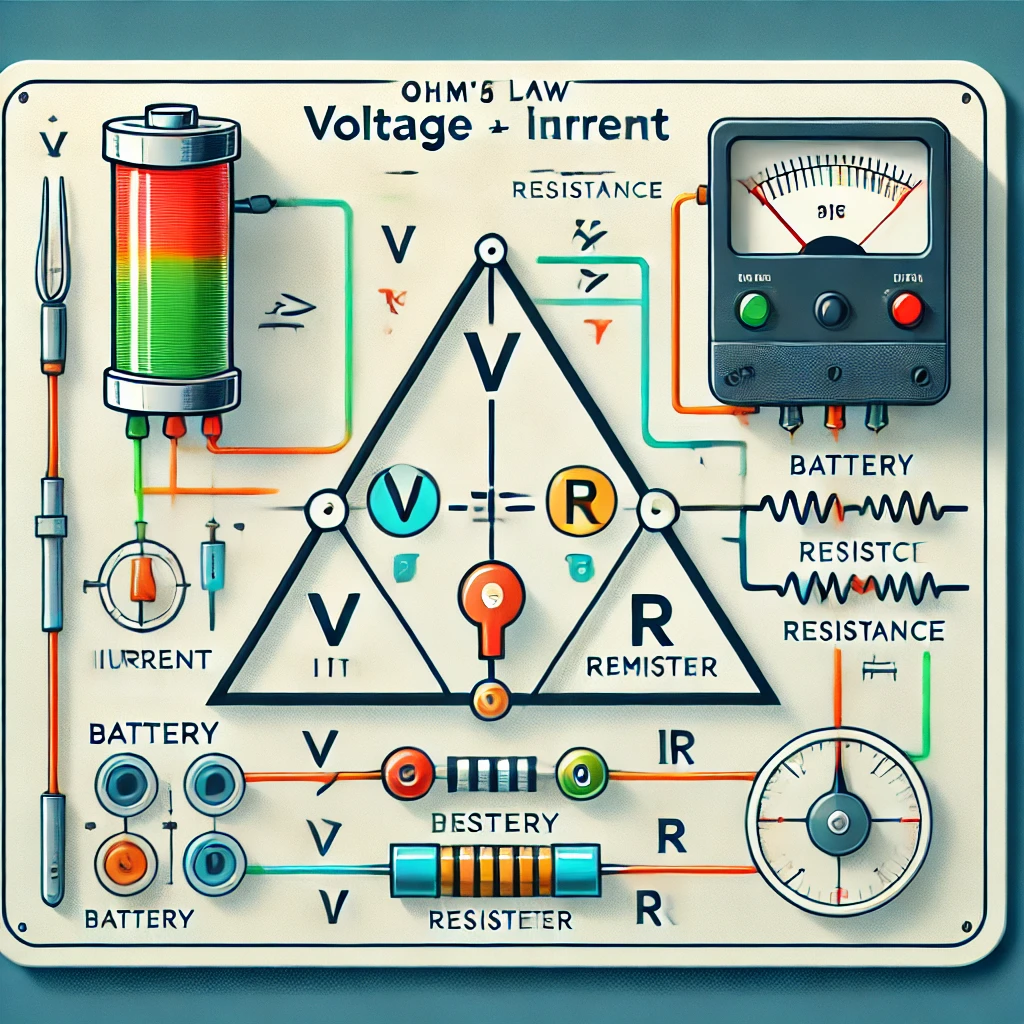Class 10 Science English Medium
Chapter 12: Electricity
Topics: Electric current, unit of current, potential and potential difference, prevailing symbols of
useful equipments in electrical circuits, ohm’s law, resistance, dependence of resistance on length
and cross-sectional area, resistivity, combination of resistances.
Important Points : Electricity
Clas 10 Science MCQs of this chapter based on the following topic take a brief revision of the cahpter Electirc Current.
Electric Current:
Rate of flow of charge is called current. Its direction is always taken from positive to negative and it is measured in amperes.
Electric Resistance:
Restriction in the flow of charge is called resistance. It depends upon lenght, cross section area, temperature and the material.
Ohm's Law:
When physical states of aconductor are constant then the potential difference produced across the conductor is proportional to the current flowing through it. It is called Ohm's law.
V = IR
Where R is a constant and is known as resistance of conductor.
Measurement of Electric Current and Potential Difference:
- Ammeter measures current in the circuit and is used in series in the circuit.
- Voltmeter measures the potential difference across the conductor and is placed parallel to it in a circuit.
Specific Resistance:
Resistance of a conducting wire of 1 meter length and 1 square meter cross sectional area is called specific resistance of the material of the wire. Its unit is ohm $\Omega m$ i.e. ohm-metre. It does not depend on length or cross-sectional area of the wire but depends on the material of the wire.
Equivalent resistance in series combination
$$
\mathrm{R}=\mathrm{R}_{1}+\mathrm{R}_{2}+\mathrm{R}_{3} \ldots \ldots
$$
Equivalent resistance in parallel combination
$$
\frac{1}{\mathrm{R}}=\frac{1}{\mathrm{R}_{1}}+\frac{1}{\mathrm{R}_{2}}+\frac{1}{\mathrm{R}_{3}}+\ldots . .
$$
A pure resistor is connected to an electric source. The energy given to the pure resistor by electric source $(\mathrm{W}=\mathrm{VIt})$ fully transforms into heat energy.
